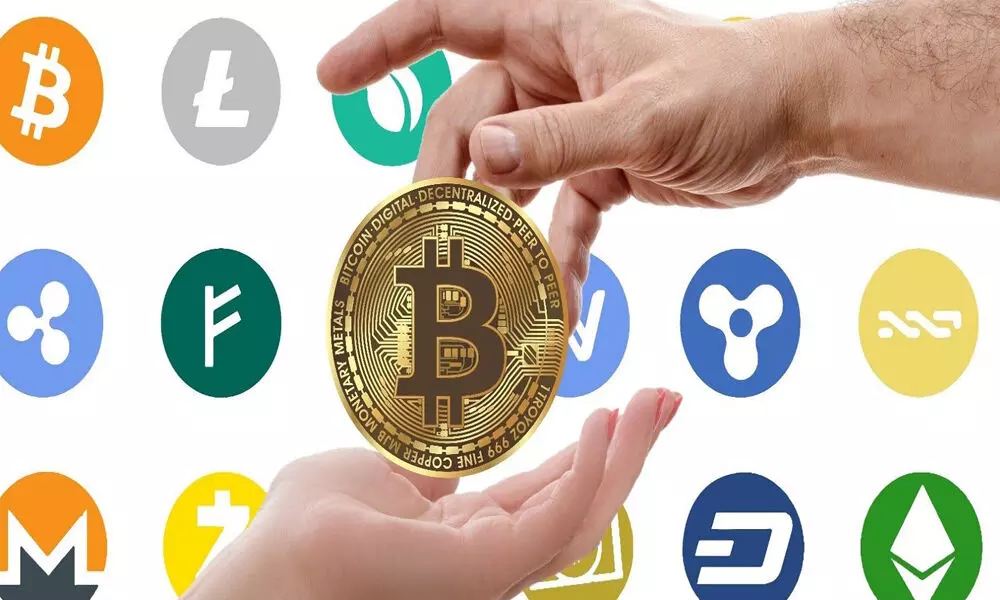digital cash will help working calss save billions
image for illustrative purpose

Away from the cryptocurrency craze, important changes are taking place in how financial institutions move funds. Unlike the upcoming digital yuan or the keenly awaited Britcoin and FedCoin, a wholesale version of electronic cash might never show up in retail consumers' wallets. But these invisible blockchain tokens could still turbocharge our everyday money: by making it move faster and stretching its worth.
Used purely by institutions to settle claims against one another, the digital assets would nevertheless go on to boost savings for things like families paying overseas college tuition. They will also help small exporters and importers.
To see how, consider the inefficiencies inherent in cross-border payments. Suppose Peter in Vancouver is sending money to Paul in Singapore. Peter's bank is one of the 16 with access to Payments Canada's settlement system, but it doesn't rank among the 64 that enjoy a similar facility in Singapore. So the sender's bank must keep idle funds with any one of the four large international institutions that have a presence in both places.
Only then will this intermediary agree to pay the recipient's bank in Singapore. And in case Paul's bank doesn't have a relationship with the same large institution in the middle, it will need an account with another lender that does. Shifting funds across countries means sending instructions, receiving confirmations, and conducting reconciliation when funds get stuck somewhere in the labyrinth. This hub-and-spoke model of correspondent banking is slow, costly, cumbersome and ripe for disruption.
That's what JPMorgan Chase and Co. is seeking to do with a global platform it will co-own with DBS Group Holdings Ltd., Singapore's largest bank, and Temasek Holdings Pte, the city's state investment firm. Partior — Latin for "to distribute and share" — is scheduled to begin operations by the third quarter. It will employ distributed ledgers to reach final, instantaneous settlements between two banks anywhere in the world.
Here's one of the ways it can happen in our example: Peter's money will leave a digital wallet tied to his savings account and get exchanged into Canadian dollar tokens, probably issued by a local financial institution that has equivalent Canadian dollars in reserves. The cryptographic asset will then be swapped for a Singapore dollar equivalent, issued by DBS or another local bank. The payment value will hop on to Paul's electronic wallet. He can swipe it into his regular bank account.
If Peter's wallet doesn't have sufficient funds, every leg of the transaction will fail at once. If the tokens are programmable — in other words, contingent upon delivery of a good, service or asset — the whole chain will again fail simultaneously if Paul doesn't keep his end of the bargain.
In an experiment known as Jasper-Ubin, the Bank of Canada and the Monetary Authority of Singapore partnered with JPMorgan and Accenture Plc to test "atomicity." Using self-executing code — cryptographic smart contracts — they synchronized all the actions making up a cross-border payment transaction on blockchains, so that either they all happened or none happened. The settlement risk vanished. A successful transfer of S$105 was achieved. When the Canadian lender didn't pick up its C$100 in the pre-agreed time, the Singapore institution got its funds back.
Jasper-Ubin made use of wholesale digital cash, or tokens issued to intermediaries by central banks. The Partior platform will settle exchanges of digitized commercial bank IOUs. Turning the latter into real money — which to a financial institution means only one thing: an entry in its favor in the books of a national monetary authority — is no big deal. In a recent Bundesbank trial, a German bund changed hands on the blockchain. The seller's account got credited just as it parted with the security. Perfect synchronicity, which didn't require a digital euro to grease the transaction. In other words, distributed ledger-based innovation can occur even without central banks offering retail digital cash.
It's about time. In 2019, cross-border payments totaled $130 trillion globally, led by business-to-business payments. The transfers generated $224 billion in revenue for intermediaries, up 4 per cent from a year earlier, according to McKinsey and Co. Then came the Covid-19 blow to travel and supply chains. In the uneven post-pandemic recovery, businesses everywhere would look to technology to lower the burden of rich fees to banks.
The benefits won't take long to trickle to retail customers. Sending funds to an account at a different bank in another country eats up 7 per cent of its value on average. Mobile money costs 5 per cent, but even this can be crunched. Unseen digital tokens, quietly changing hands between financial institutions in the background, can help the global working class save billions of dollars annually. Developing countries that rely on overseas citizens' remittances to families back home will gain. (Bloomberg)

